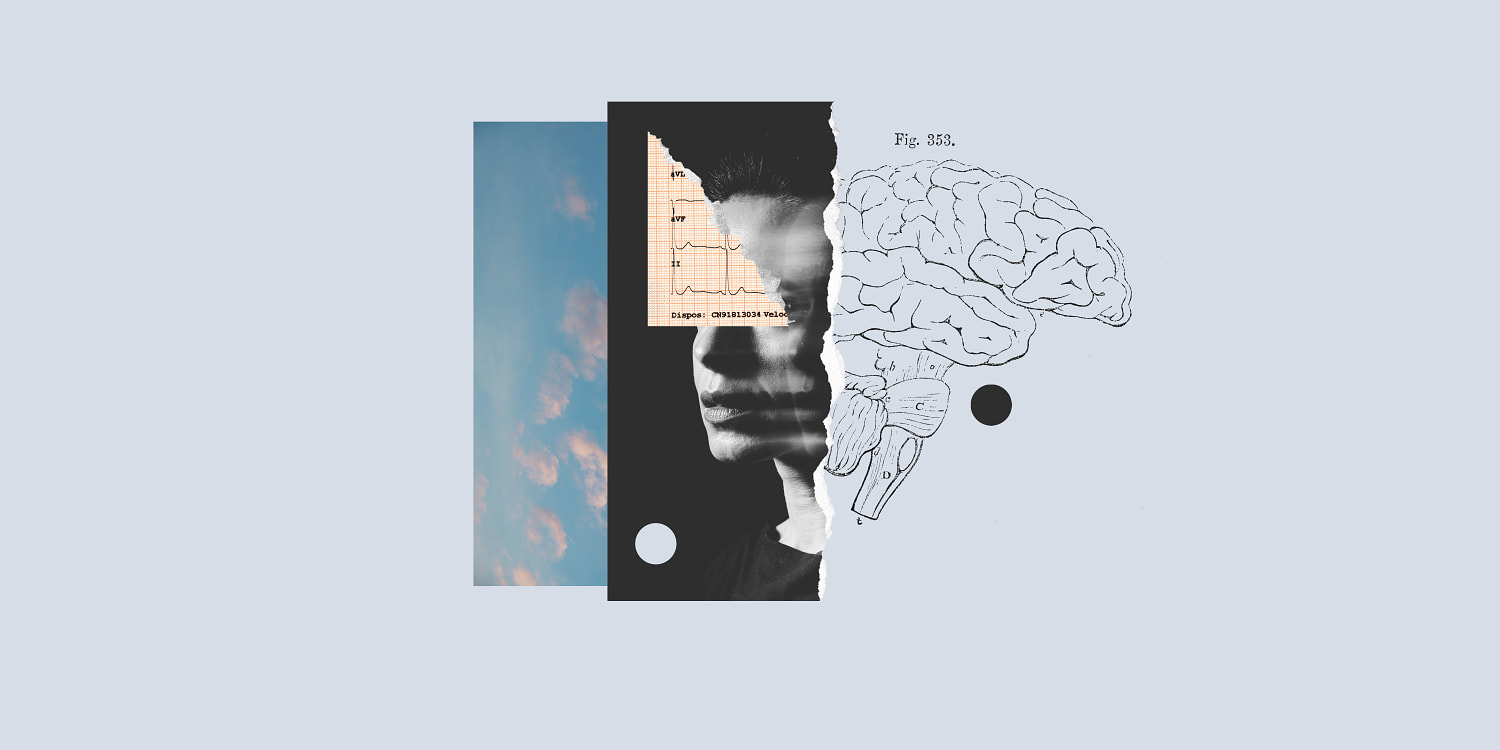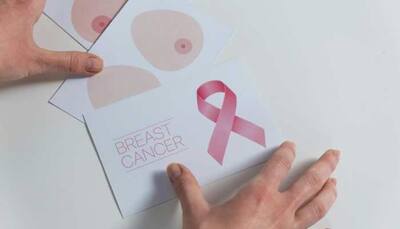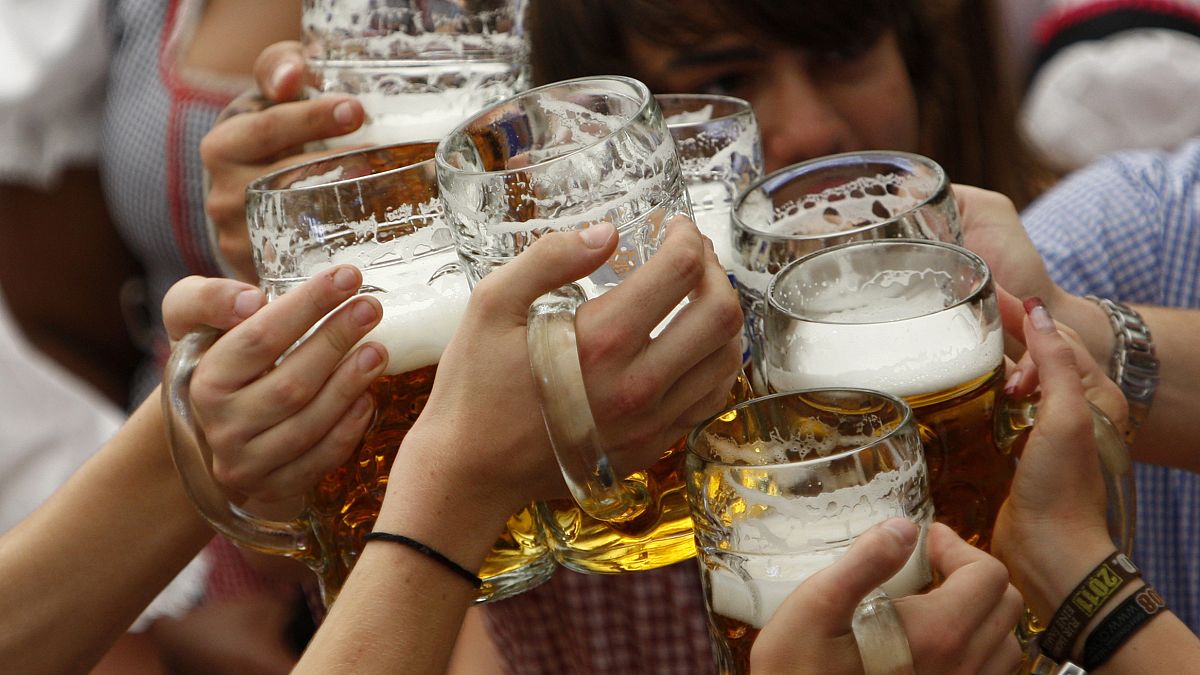For better or worse, I don’t remember a single thing about my mother or her battle with ALS, also known as Lou Gehrig’s disease. She was diagnosed at age 29, when I was 2 years old, and my sister, Michelle, was 6 years old. She died one year after her diagnosis.
My grandmother, mother and two uncles also died from , which runs in my family. I was diagnosed with familial ALS on March 1, 2022. It was devastating, but not surprising.

I’d lived my entire life worried about the disease. That day, my worst nightmare became my reality. I had never done genetic testing for ALS because I knew that if I was positive, my anxiety would be crippling, and there was no intervention that could help me anyway — or so I thought.
Thank goodness, after my diagnosis, my neurologist at Rutgers took swift action and referred me to Columbia University’s Eleanor and Lou Gehrig ALS Center, where was available for my very unique genotype, SOD1. Only about 5-10% of ALS cases are familial, meaning that two or more people in the family have ALS, . SOD1 accounts for about 3% of total ALS cases (20% of familial ALS and 2-7% of sporadic ALS), .
Parents with a genetic mutation causing ALS of passing that mutation on to their children. Considering no one in my family lived beyond one year after being diagnosed, I am so grateful to be alive. Though my treatment is new, it brings me hope, and has slowed my progression significantly.
This disease is devastating in every way. My first symptom was weakness in my right arm, and for a solid year, I was able to keep my diagnosis private and make adjustments to cope. Today, both of my arms are so weak I can’t raise them at all.
I do have mobility in my hands, so I’m able to type. My speech and ability to swallow have been severely diminished. I get all my nutrition via a feeding tube, and I mostly use an app on my iPad and phone to communicate.
At night I use a bilevel positive airway pressure (BiPAP) machine to help me breathe and rest my respiratory muscles. Luckily, my legs so far have been unaffected, and I often participate in walks to raise money for ALS research. People with familial ALS typically live only one to two years after symptoms begin, .
Considering no one in my family lived beyond one year after being diagnosed, I am so grateful to be alive 2 1⁄2 years after my diagnosis. Though my treatment is new, it brings me hope. It’s not a cure, but it has slowed my progression significantly.
My older sister did genetic testing for shortly after I was diagnosed, and thank God she is negative. I have two sons, Henry, 19, and Charlie, 21, both in college. My younger son is positive for the same gene, which means there’s a chance he, too, will eventually have , but right now he is not symptomatic.
My oldest is in the process of being tested. It is so important that my kids get tested as there is a possibility that they too could receive , and prevent the disease from expressing symptoms. I work hard at staying in the moment and taking each day as it comes.
It’s not easy. The unknown is so challenging. This medicine is brand-new so no one really knows what will happen.
I’m a planner and like to be prepared for changes to come, but at the same time, I’m trying to stay in the moment and not think too far ahead — it’s a challenge I struggle with daily. The love and support my family and friends have shown me has been overwhelming. I wish everyone had the opportunity to experience this when they are healthy.
Before my diagnosis, I worked as a NICU nurse at Morristown Medical Center in New Jersey. I enjoyed running, Pilates, golf and skiing. I loved to travel and enjoy time with friends and family.
Now, a typical day for me starts with my husband of 24 years, Andrew, preparing my medications and breakfast and administering it via my feeding tube. After that, he helps me shower and get dressed. He also does my hair and makeup.
He prepares my lunch and then heads to work. I usually spend the morning watching TODAY and catching up on social media and email. Around noon a volunteer (often a teammate from my old women’s hockey team) comes to visit and give me lunch.
The afternoons can feel long. I try to turn off the television and read or ride the Peloton. My husband gets home around five.
He cooks for himself and the kids (they’re home from college right now) and prepares my dinner. We watch some TV and catch up. Then he gives me my evening meds and gets me ready for bed — helping me into my PJs, getting me settled comfortably and putting on my BiPAP mask.
We try to stick to a routine so it doesn’t get too overwhelming. The love and support my family and friends have shown me has been overwhelming. I wish everyone had the opportunity to experience this when they are healthy.
One example: I learned to play hockey as an adult with some women I met through my kids’ hockey team. We had a great time learning together. I stopped playing before my diagnosis, but my teammates didn’t forget me.
When they heard what had happened, they took it upon themselves to learn how to administer a feeding through my feeding tube, and someone from the team often comes by to give me lunch, so my husband doesn’t have to leave work. Other friends have also joined in to help. I’ve received love and support from childhood friends, high school friends, work colleagues, neighbors and even strangers.
The wider ALS community has also been amazing. Connecting with others who have the disease through social media, fundraising, advocacy and support groups has helped me feel less alone. , I Am ALS, the ALS Therapy Development Institute, Team Gleason, the Healey Center for ALS at Massachusetts General Hospital and Synapticure have been supportive in so many ways.
My friends and family recently got together to commemorate the , which first went viral in August 2014. I don’t think it’s a stretch to say I would not be here if it weren’t for the original ice bucket challenge, since the money the challenge raised helped fund the development of the drug I take. tend to hide or fade away because of the devastating physical changes, but our minds are still sharp.
I want people to know that this disease — even if it’s not familial ALS — impacts the entire family. We all need support. There might not be a cure for ALS right now, but that doesn’t mean it’s incurable.
The past two years alone have brought , expanded access to care for people living with ALS, and enabled legislation that impacts the quality of life of people with ALS and their families. I know even more is possible. This disease might be coming for me, but I’m hopeful that the future will be different for my children.
It’s time to end this terrible legacy and tell a new family story. Melanie Craig is a mom and ALS patient in New Jersey..


















